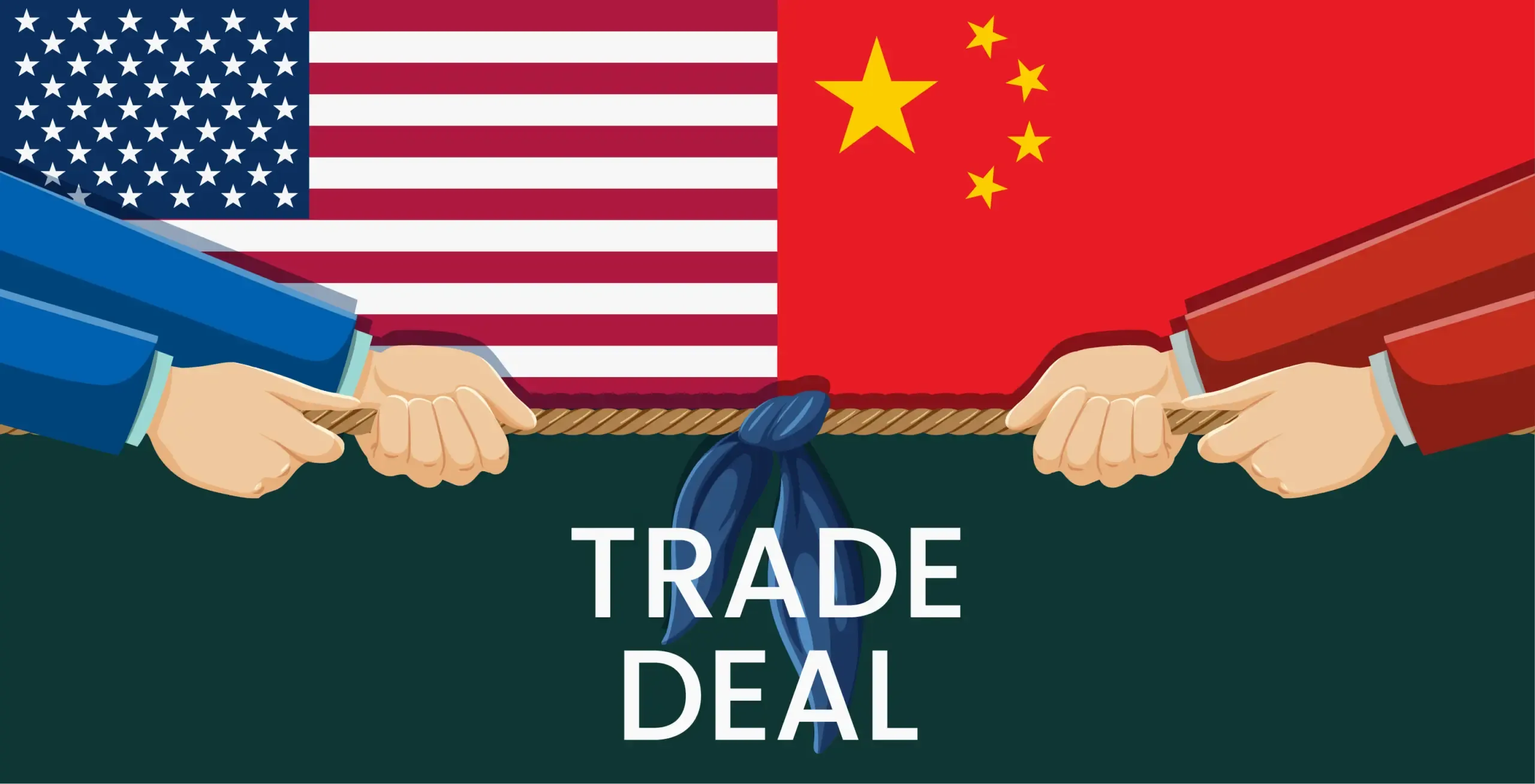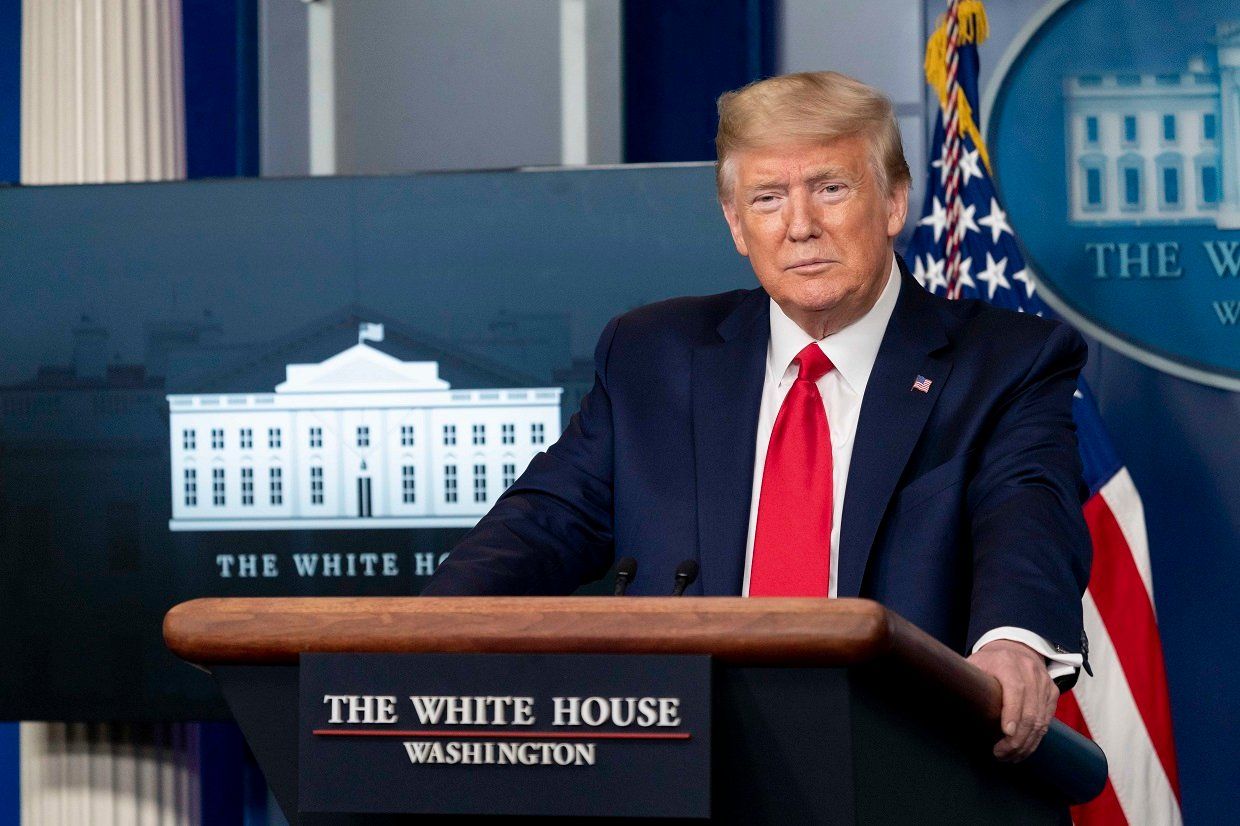Introduction: US-China Trade Deal Logistics Are Shaping 2025 Supply Chains.
US-China trade deal logistics are undergoing a dramatic transformation in 2025, following renewed trade negotiations and tariff shifts. As global supply chains adapt to the evolving political and economic landscape, logistics companies must reassess strategies, routes, and risk management approaches. The new agreement between the two largest economies in the world offers both significant opportunities and complex challenges for international shippers and logistics providers.
Key Highlights of the New US-China Trade Agreement.
1. Geneva Negotiations Spark Global Optimism.
After years of trade friction, the US and China met in Geneva to recalibrate their relationship. This diplomatic move signals a strategic shift toward stability and cooperation in global trade.
2. “Total Reset” of Bilateral Trade.
Former President Donald Trump described the negotiations as a “total reset”, hinting at a possible rollback of trade restrictions and the reopening of smoother trade channels between the two economies.
3. Tariff Reductions on the Horizon.
US authorities are expected to cut tariffs on Chinese goods by up to 50% in the coming weeks. If implemented, this would revive stalled trade volumes and ease customs processes at ports on both sides.
4. Production Migration to the US.
In response to previous tariff barriers, several Chinese manufacturers are relocating operations to the US. This could fundamentally alter long-standing global supply chains.
How the Deal Impacts International Logistics.
A. Supply Chains are Being Rewritten.
Reduced tariffs and production shifts mean companies must rethink their freight flows. For instance:
- More cargo may now be domestically routed within the US, bypassing traditional transpacific ocean freight routes.
- East Coast and Gulf ports may see surges in inbound volume from relocated factories within the US.
B. New Hubs, New Partners.
As Chinese firms set up shop in America, logistics providers will need new partnerships with domestic trucking companies, last-mile couriers, and warehousing facilities.
Falcon Cargo is already forming alliances across the southeastern US to support this change.
C. Tariff Strategy Becomes a New Service Line.
Logistics companies are no longer just movers of goods—they’re strategic advisors. Clients need guidance on:
- HS code optimization
- Free trade zones
- Dual-country routing models (e.g., China to Mexico, then US)
Opportunities and Challenges for Logistics Firms.
Opportunities
- New Supply Routes: More direct rail and road links in North America
- Shipper Demand: Increased need for expert trade consulting
- Digital Advantage: AI, blockchain, and digital twin technology adoption accelerates
Challenges
- Political Volatility: Election-year politics could shift the deal’s direction
- Port Congestion: Sudden volume increases in US ports may cause delays
- Geopolitical Risks: Taiwan, energy markets, and global alliances may disrupt flow again
The Tech Factor: Innovation Drives Resilience.
Logistics is going digital faster than ever:
- AI-powered route planning reduces delays from border changes or customs shifts.
- Blockchain-based trade documentation helps firms cut fraud and streamline multi-country shipments.
- Carbon calculators and eco-routing are becoming standard tools to meet ESG expectations.
Falcon Cargo’s Strategic Response.
At Falcon Cargo, we specialize in air and ocean freight, heavy equipment logistics, and strategic sourcing. With this new US-China deal, our clients receive:
- Real-time updates on trade policy changes
- Tailored shipping strategies for mixed origin flows (e.g., China + Mexico)
- 24/7 global coordination for high-value industrial freight
🌎 Need help adapting your logistics strategy for 2025?
Talk to our team today — We’ll get your cargo moving smarter, faster, and with less risk.
Final Thoughts: 2025 Is a Logistics Reset Year
The new US-China trade agreement could be the catalyst for a new era in global logistics. Companies that move quickly—diversifying supply chains, investing in tech, and partnering with agile logistics providers—will not only survive but lead the next phase of global trade.
📦 Don’t wait for disruptions to catch you off guard — start re-structuring your supply chain now.
Contact Falcon Cargo for a free consultation and expert freight planning.
Suggested External Links (DoFollow):
- USTR – Office of the United States Trade Representative https://ustr.gov Use this in a sentence like:
According to the USTR, the trade deal aims to recalibrate tariff policies between the US and China.
- World Trade Organization (WTO) https://www.wto.org Suggested placement:
Geneva negotiations, under observation from the WTO, signal a potential easing of trade tensions.
- Reuters – News Coverage of US-China Talks https://www.reuters.com/world/china Suggested use:
As reported by Reuters, early outcomes of the agreement indicate a rollback of key tariffs.



